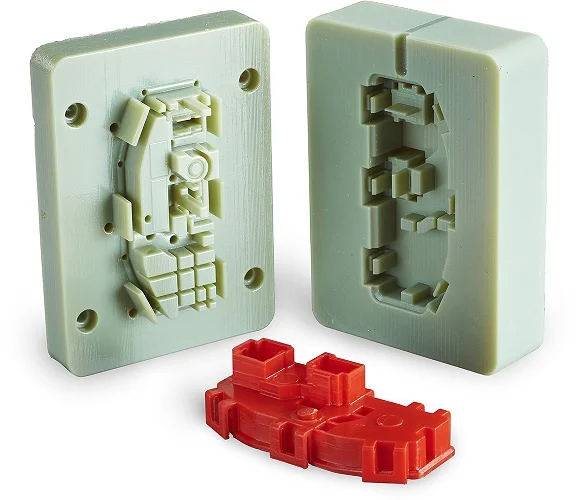3D printing is commonly used to build prototype parts for the detection of issues related to form, fit and function.
However, 3D printed prototypes cannot provide a complete assessment of an injection molded part’s functional performance due to the fact that 3D material properties are different than those actually used in injection molding.

Today, PolyJet 3D printed injection molds are a better option for evaluating part design and performance. Using data from CAD files along with its inkjet-like process, PolyJet 3D printing can deliver high resolution and smooth surfaces that are ideal for building injection molds capable of producing prototype parts in end-use thermoplastic. Plus, they can be constructed in one or two days as opposed to days and weeks for metal tools.

Join PADT’s Hardware Application Engineer, and additive design expert, Chase Wallace for a look at the latest advancements in PolyJet technology, and how it can be used to improve and innovate the creation of injection molds.
This application has proven benefits for the following:
- Part Design
- Rapid Prototyping
- Mold Verification
- And much more
If this is your first time registering for one of our Bright Talk webinars, simply click the link and fill out the attached form. We promise that the information you provide will only be shared with those promoting the event (PADT).
You will only have to do this once! For all future webinars, you can simply click the link, add the reminder to your calendar and you’re good to go!



















